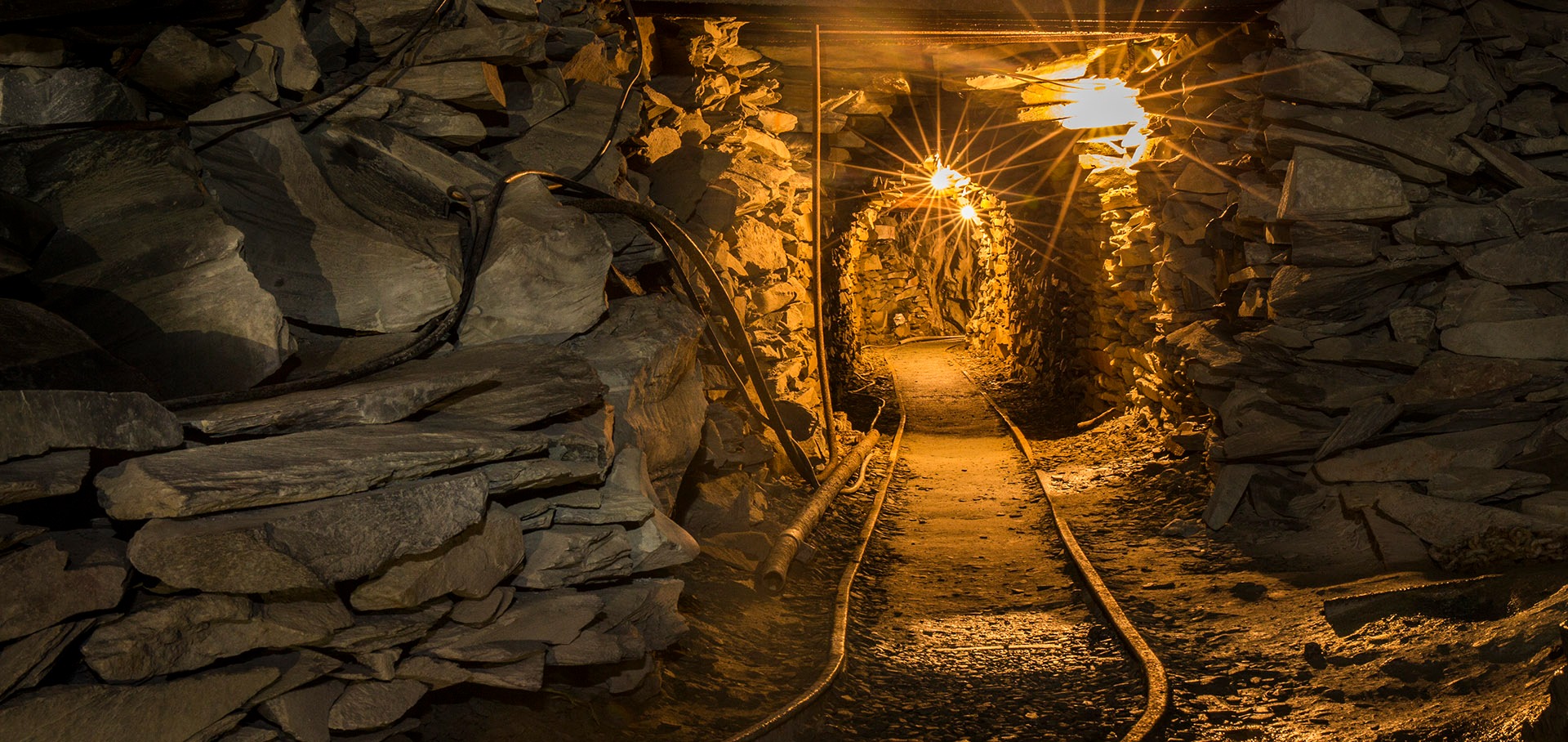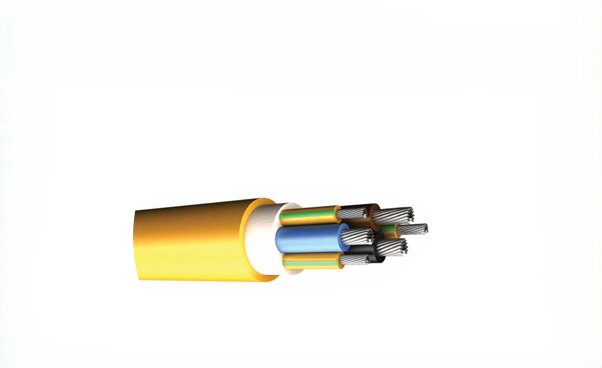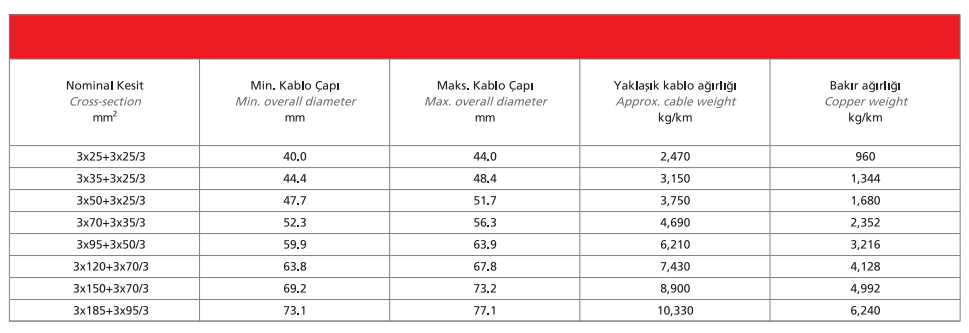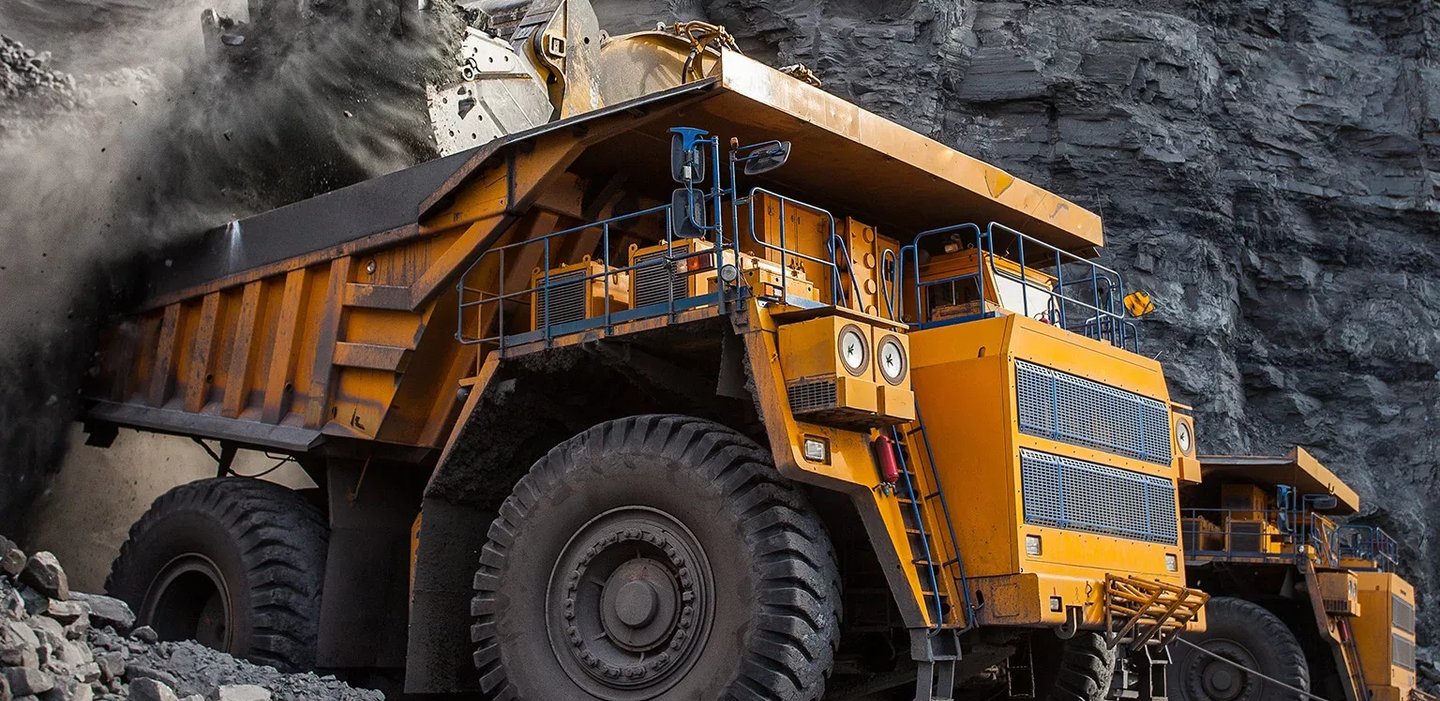(N)TSWÖU-J Mining Cables: Engineering Excellence for Australian Underground and Open-Cut Operations
When you think about the backbone of Australia's mining industry, you might picture massive excavators, conveyor systems, or processing plants. However, one critical component often goes unnoticed despite being absolutely essential to every mining operation: the humble yet sophisticated mining cable. Today, we'll explore the (N)TSWÖU-J cable, commonly known as the "trailing cable," which represents the cutting edge of mining power distribution technology. Australia's mining sector, worth over $300 billion annually, relies on these specialised cables to deliver power safely and reliably to equipment operating in some of the world's harshest environments. From the iron ore mines of Western Australia's Pilbara region to the coal fields of Queensland's Bowen Basin, these cables form the electrical nervous system that keeps our mining operations running around the clock.
5/23/20256 min read

(N)TSWÖU-J Mining Cables: Engineering Excellence for Australian Underground and Open-Cut Operations
Understanding the Critical Role of Mining Cables
Mining cables differ fundamentally from standard industrial cables because they must withstand conditions that would destroy conventional electrical infrastructure within days. Picture a cable that must flex continuously as it trails behind a 400-tonne haul truck, resist abrasion from sharp rock fragments, maintain electrical integrity when submerged in acidic mine water, and continue operating reliably in temperatures ranging from sub-zero Tasmanian winters to the scorching heat of Northern Territory open-cut mines.
The (N)TSWÖU-J cable represents decades of engineering evolution specifically designed to meet these extraordinary demands. The designation itself tells a story: the "N" indicates a German standard design, "TS" represents the tough sheath construction, "WÖ" signifies oil and weather resistance, "U" denotes underground suitability, and "J" indicates the specific compound formulation. This isn't just marketing jargon – each letter represents critical engineering decisions that affect the cable's performance in real-world mining conditions.


Where and Why These Cables Excel
The primary application scenarios for (N)TSWÖU-J cables span both underground and open-cut mining operations, but understanding why they're preferred requires examining the unique challenges of each environment. In underground mining, cables must navigate narrow tunnels, resist damage from falling rocks, and maintain flexibility despite constant movement. The cable might be dragged across rough surfaces for hundreds of metres as mining equipment repositions, all while carrying kilowatts of electrical power.
Open-cut mining presents different but equally demanding challenges. Here, cables face extreme temperature variations, intense UV radiation, and the constant threat of being crushed by heavy machinery. The cable sheath must resist cracking in freezing conditions while remaining flexible enough to coil and uncoil smoothly in scorching heat.
What makes the (N)TSWÖU-J cable particularly suited to these applications is its combination of mechanical durability and electrical reliability. The trailing cable design allows it to be pulled, twisted, and flexed thousands of times without failure – a critical requirement when a single cable breakdown can shut down million-dollar operations for hours or even days.
Mining engineers prefer these cables because they've been proven in Australia's toughest mining conditions. The enhanced safety features become particularly important when you consider that electrical faults in mining environments can trigger explosions, fires, or electrocution hazards that threaten both equipment and personnel.


Technical Specifications: Engineering for Extreme Conditions
The electrical specifications of the (N)TSWÖU-J cable reveal the sophisticated engineering behind its robust performance. With a rated voltage of 0.6/1 kV and a test voltage of 4 kV, these cables operate with substantial safety margins that account for the electrical stresses common in mining environments. The test voltage specification is particularly important – it means the cable can withstand electrical stresses four times its normal operating voltage without failure, providing crucial protection against power surges and electrical faults that are common in mining operations.
The core configuration of three phase conductors plus three interstitial earth conductors represents a sophisticated approach to both power delivery and safety. To understand why this configuration matters, consider how electrical faults occur in mining environments. When a cable is damaged – perhaps crushed by a rock fall or cut by machinery – the interstitial earth conductors provide immediate fault current paths that can trip protective devices before dangerous conditions develop. This design significantly reduces the risk of electrical fires and personnel injury.
The conductor construction uses stranded, tinned electrolytic copper meeting DIN VDE 0295 Class 5 specifications. This technical detail is crucial for understanding the cable's performance characteristics. Class 5 stranding means the copper conductors consist of many small wires twisted together, providing exceptional flexibility compared to solid conductors. The tinning process coats each copper strand with a thin layer of tin, preventing corrosion even in the highly corrosive environments common in mining operations.
The insulation system employs 3G13 compound meeting DIN VDE 0207 Part 20 standards. This specialised rubber compound has been formulated specifically for mining applications, offering superior resistance to oils, acids, and mechanical stress. The compound maintains its electrical properties across wide temperature ranges and resists degradation from exposure to the chemicals commonly found in mining environments.
The sheathing system represents perhaps the most critical aspect of the cable's design. The inner sheath uses GM1b elastomer, while the outer sheath employs heavy-duty 5GM5 elastomer, both meeting DIN VDE 0207 Teil 21 specifications. This dual-sheath construction provides redundant protection – if the outer sheath is damaged, the inner sheath continues to protect the electrical conductors. The elastomeric compounds used in these sheaths maintain flexibility at low temperatures while resisting cracking and tearing under mechanical stress.
Understanding the cable dimensions and weights helps illustrate the substantial engineering involved. For example, a 3x25+3x25/3 mm² cable has an overall diameter of 40-44 mm and weighs approximately 2,470 kg per kilometre, with 960 kg of that weight being copper. Scaling up to a 3x185+3x95/3 mm² cable, the diameter increases to 73.1-77.1 mm, and the weight jumps to 10,330 kg per kilometre with 6,240 kg of copper content. These specifications reflect the substantial amount of material required to create cables capable of withstanding mining conditions while carrying significant electrical loads.



Addressing Common Questions and Concerns
Mining professionals frequently ask what specific characteristics make the (N)TSWÖU-J cable suitable for mining applications. The answer lies in the integrated design approach that addresses multiple failure modes simultaneously. The robust insulation and sheathing systems resist mechanical stress, water ingress, and chemical attack – three of the most common causes of cable failure in mining environments. The stranded copper construction ensures both excellent electrical conductivity and the mechanical flexibility essential for trailing cable applications.
Environmental resistance represents another critical consideration. These cables can operate in wet conditions, including temporary submersion in mine water, thanks to their elastomeric sheath compounds that provide both chemical resistance and water-tight sealing. The materials resist degradation from exposure to oils, acids, and alkaline solutions commonly encountered in mining operations.
The grounding system design deserves particular attention because it directly impacts personnel safety. The interstitial earth cores are positioned between the phase conductors, creating multiple parallel paths for fault currents. This configuration improves fault current dissipation and enhances safety by reducing the likelihood of dangerous ground fault conditions. When electrical faults occur, the multiple earth paths ensure that protective devices operate quickly and reliably.
Maintenance requirements for these cables focus on preventive inspection rather than corrective maintenance. Regular visual inspections should check for sheath damage, cuts, or excessive wear. Electrical testing typically includes insulation resistance measurements and continuity checks for both power conductors and earth cores. The key is identifying potential problems before they cause failures, as cable replacement in active mining areas can be complex and expensive.
Common failure modes that mining engineers should monitor include sheath abrasion from dragging over rough surfaces, conductor fatigue from repeated flexing, and moisture ingress through damaged sheaths. Understanding these failure modes helps develop inspection protocols and handling procedures that maximise cable service life.
Installation guidelines emphasise avoiding tight bending radii that can damage the internal conductors and ensuring adequate mechanical strain relief at termination points. The cable's flexibility is substantial, but it has limits, and exceeding those limits during installation can create weak points that fail prematurely during service.


The Future of Mining Cable Technology
The (N)TSWÖU-J trailing cable represents current best practice in mining power distribution, but the technology continues evolving. Australian mining operations have provided valuable real-world testing grounds that have influenced cable design improvements over the years. The extreme conditions found in operations like Olympic Dam's underground mine or the massive open-cut operations in the Hunter Valley have pushed cable technology to new levels of performance and reliability.
As Australia's mining industry continues to embrace automation and electrification, the demands on mining cables will only increase. The transition towards electric mining vehicles and automated equipment requires cables that can handle higher power loads while maintaining the same levels of reliability and safety that have made the (N)TSWÖU-J design so successful.
The robust construction, comprehensive safety features, and proven reliability of (N)TSWÖU-J cables under extreme mining conditions make them an essential component of modern mining operations. Their ability to maintain electrical integrity while withstanding the mechanical and environmental stresses of mining work ensures that Australia's mining industry can continue operating safely and efficiently, regardless of the challenging conditions our mining sites present.
Understanding these cables and their capabilities helps mining professionals make informed decisions about power distribution systems that directly impact operational safety, reliability, and profitability. In an industry where downtime costs can exceed thousands of dollars per minute, investing in proven cable technology like the (N)TSWÖU-J trailing cable represents sound engineering and business sense.
This article provides technical information for educational purposes. Always consult qualified electrical engineers and follow local electrical codes and mining regulations when specifying or installing mining cables.


